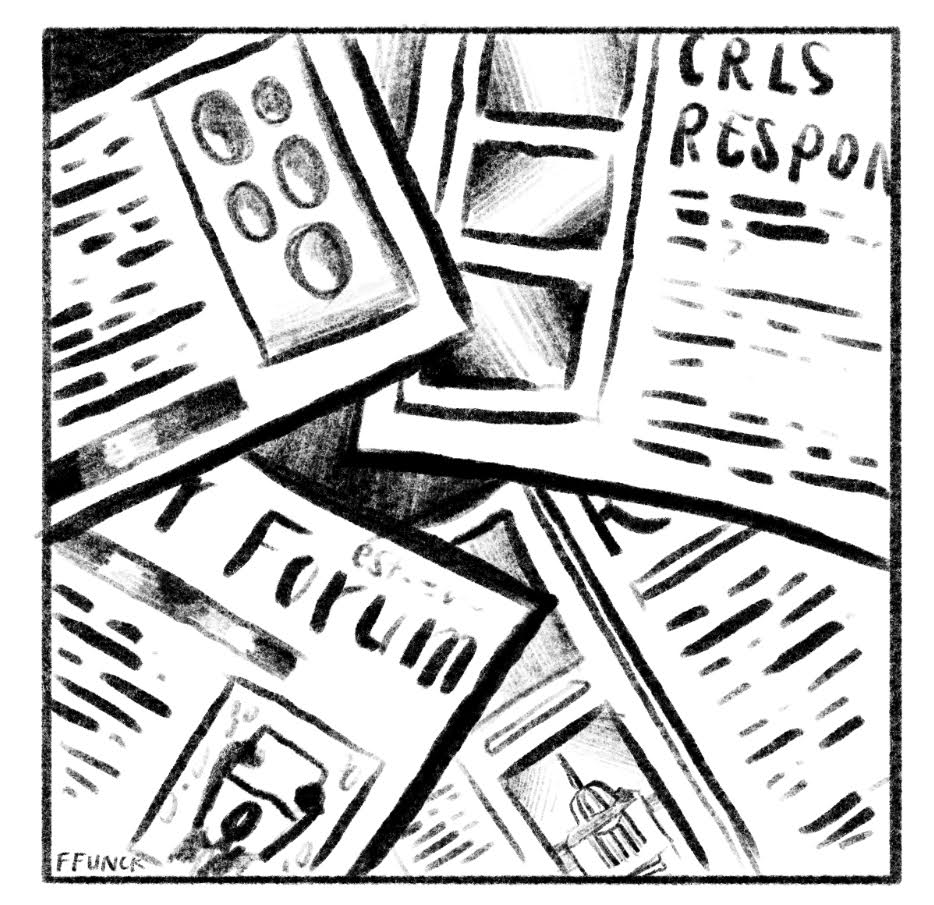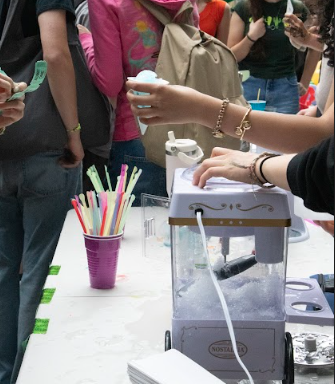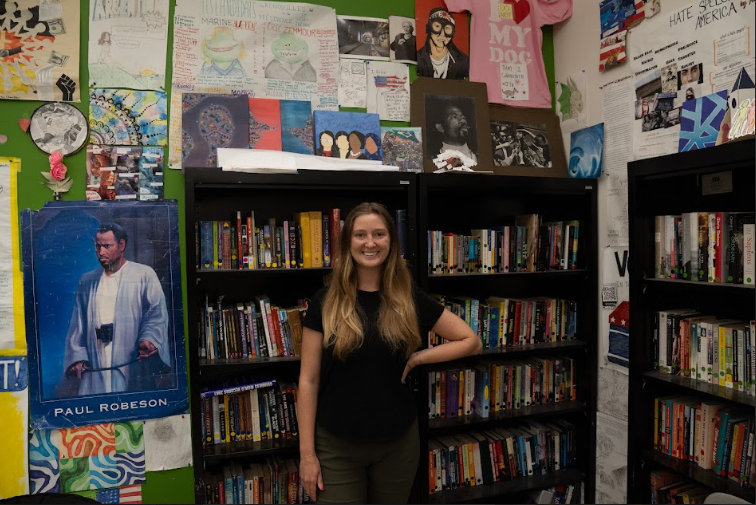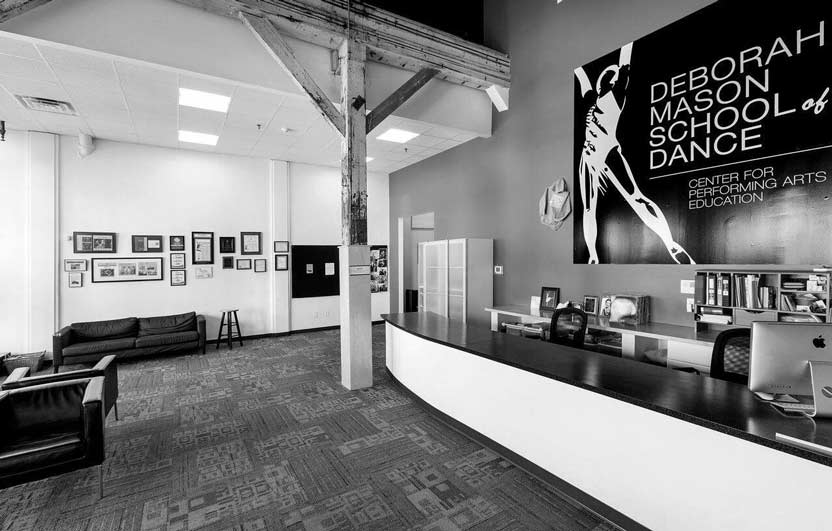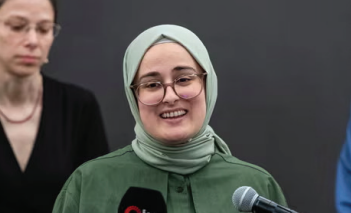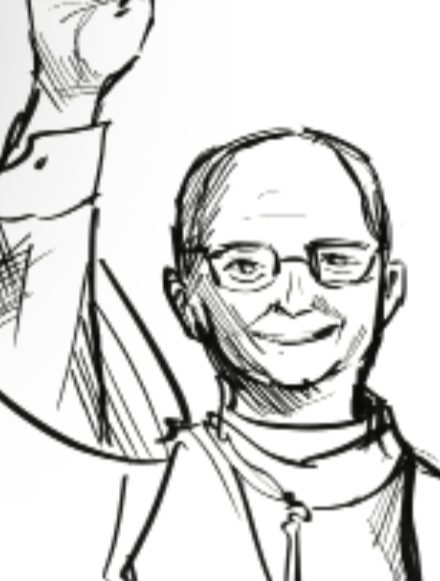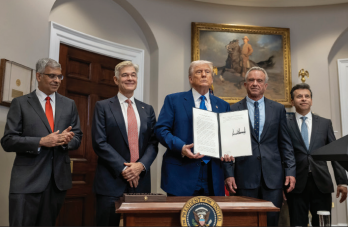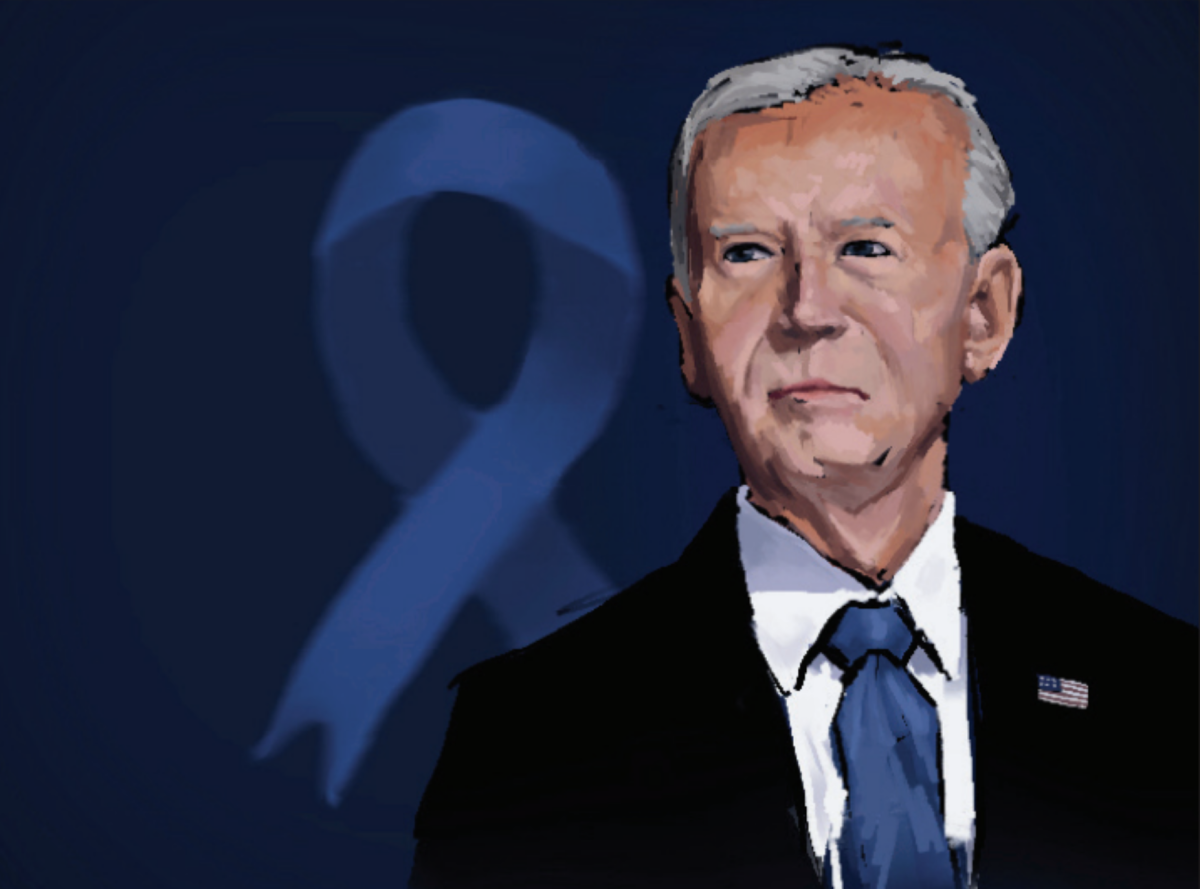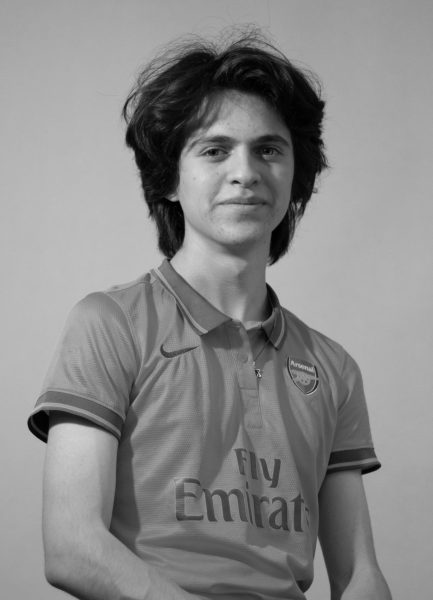CRLS is getting a garden! In December 2023, the Cambridge City Council approved a proposal to develop the triangular strip of land outside the CRLS Arts Building into a working food garden. Once established, the garden will be maintained by students, and fresh fruits and vegetables will be donated to the CRLS food pantry.
“The essential goals here are about making the city more sustainable, encouraging community engagement, and providing food to people who need it,” Naseem Anjaria ’25, who spearheaded the initiative through his role as student school committee representative, told the Register Forum.
Anaiya Brown ’25, who worked for Green Cambridge through an Urban Forestry internship, told the Register Forum, “The hope is that it will be a mainly student-run garden; students growing the food, harvesting the food, washing it, stocking it, and bringing it to people.”
While the garden timeline is still tentative, the City Council is likely to approve the garden’s budget as part of the larger city budget in May. “We don’t have a straight answer on the overall cost,” Anjaria said, “but the infrastructure for the original plan was predicted to be $200,000.” Students looking to support the garden can help by giving public comment at the City Council meeting when the policy order is voted on.
Throughout 2023, climate clubs and student advocates have been especially active in the Cambridge and CRLS community. In June, the Cambridge branch of the Sunrise Movement succeeded in passing a new climate sustainability city initiative called the Green New Deal, which requires large commercial buildings to reduce their greenhouse gas emissions to net zero by 2050. And in 2024 the CRLS Sustainable Development Club (SDC) enters their third year with the Native Plant Project, which sells native plants to community members to support local butterflies, bees, and other insects.
Student leaders in SDC are also working to jumpstart an initiative to install solar panels on CRLS roofs. “Energy sourcing at the school is really inefficient, to the point where each building (War Memorial and Rindge) uses 3 million kilowatt hours of electricity,” Keanu Feik Reinhart ’25, one student involved in the project, told the RF.
The club is working on a two-prong solution to the energy drain: making sure the building produces more electricity and installing infrastructure that allows it to use less. “The lights are on in the building almost all day, almost all year,” Feik Reinhart emphasized. More sustainable lighting, he says, could be a significant step toward carbon neutrality (zero carbon footprint).
Club leaders estimate that the project would pay for itself in a projected seven years. “We’re making these [estimates] with the knowledge that it’ll take a long time to go through city committees and construction,” Simon Miller ’25, another club member, told the RF.
A common denominator throughout these projects is the emphasis on local, tangible change. “Right now there’s a lot of a feeling that ‘I know climate change is happening but I don’t know what to do about it’,” Ms. Newton, the advisor of the SDC club, told the Register Forum. “Local projects give students the opportunity to speak up, raise issues, and affect their own space.”
This article also appears in our January 2024 print edition.



